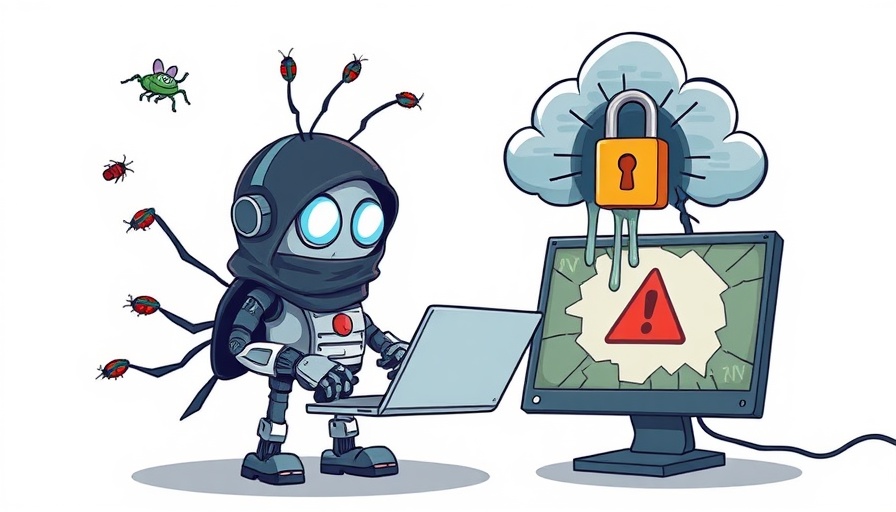
Understanding Recent Cyber Threats and Responses
This week in cybersecurity has been marked by critical developments in threat mitigation and law enforcement collaboration. The highlight was the successful takedown of the Lumma Stealer and DanaBot operations, which were linked to abusive practices designed to exploit vulnerabilities in user systems. A concerted effort among private companies and government agencies resulted in the seizure of over 2,300 domains associated with command-and-control activities, reinforcing the notion that cybercrime transcends geographical barriers.
Crime and Response: A Coordinated Approach
The joint action against DanaBot, a malware particularly adept at data theft and session hijacking, is illuminating. With connections to Russian state-sponsored hacking, it's evident that the lines between state-sponsored attacks and organized crime are becoming increasingly blurred. This highlights a stark reality for cybersecurity professionals: threats can emerge from various angles, necessitating a layered approach to defense and intelligence gathering.
The Shift Towards Low-Code Solutions
Amid these rising threats, security teams are reevaluating their strategies. There's a noticeable shift from highly technical scripting languages like Python and PowerShell to the adoption of low-code platforms. These tools allow teams to respond to incidents faster without devoting excessive resources to custom code creation. As a recent Tines guide posits, leveraging low-code solutions enables a more efficient handling of HTTP requests and webhooks, essentially streamlining operations while maintaining robust security practices.
The Implications of Cyber Warfare
The impact of these developments goes beyond immediate threat mitigation; they signify an evolving landscape in cyber warfare tactics. Organizations must prepare not only for direct attacks but also for the evolving nature of these threats as they intertwine with geopolitical conflicts. It's a call to arms for cybersecurity professionals everywhere to enhance their systems, sharpen their skills, and stay tuned to the shifting dynamics of the threat landscape.



Write A Comment